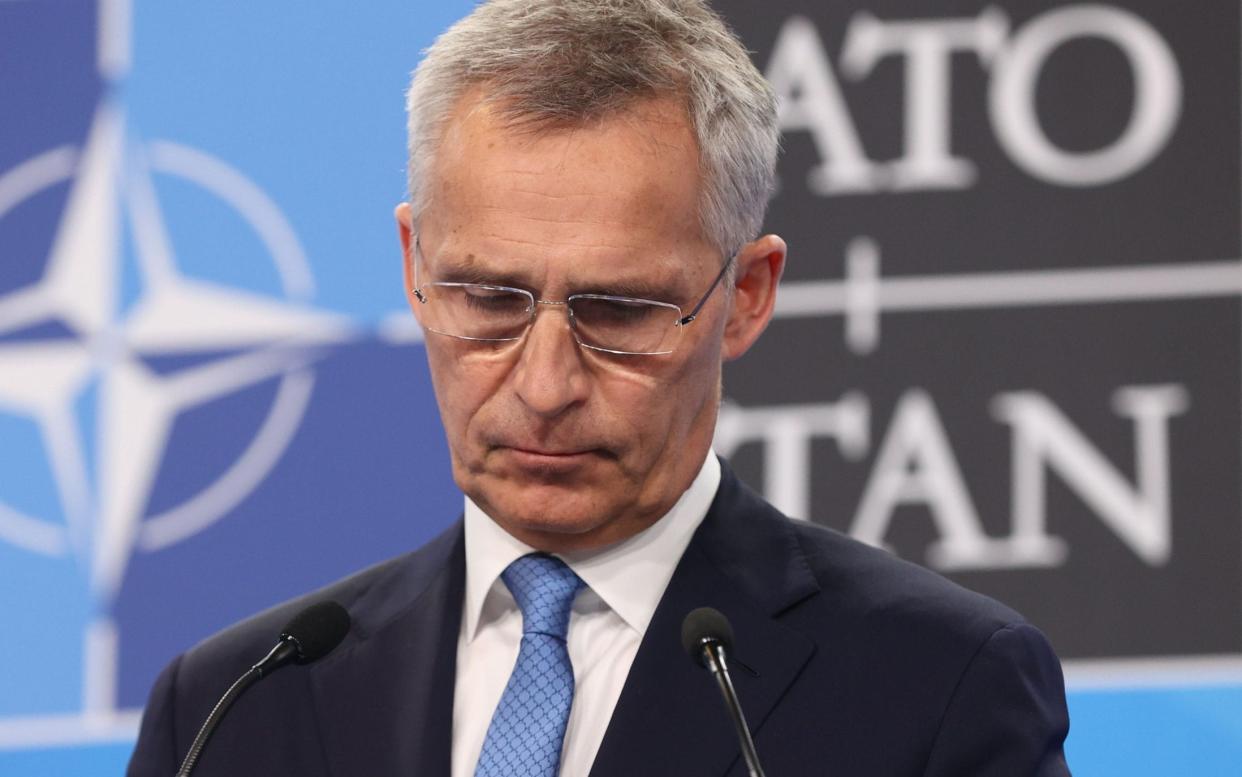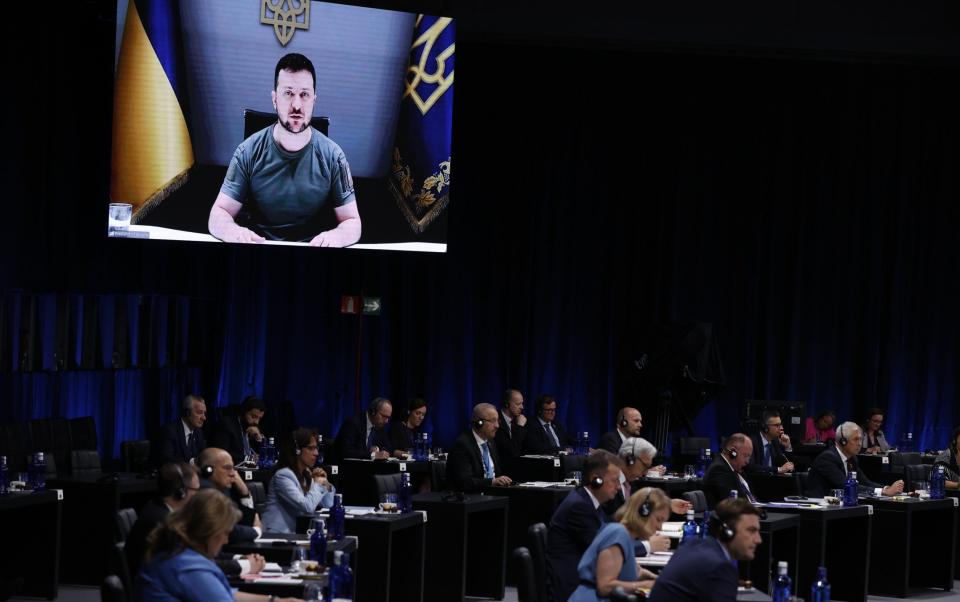Nato rapid response plan in disarray as it struggles to muster firepower

Jens Stoltenberg’s pledge of a 300,000-strong Nato rapid response force has been thrown into disarray, as alliance members refused to commit their troops.
Nato officials were forced to concede that the project - announced on Monday - was instead a work in progress, as they tried to muster enough firepower to make it a reality.
Speaking at the end of the second day of a Nato summit in Madrid, the alliance’s secretary-general acknowledged his plan required allies to “contribute the forces they have promised to contribute”.
The military alliance’s most senior official added he was “confident”, but refused to provide a country-by-country breakdown amid growing scrutiny over his pledge.
Officials said the policy was “not yet fully decided” and “just a concept”, with the size and scale of the rapid response force still up for discussion amongst Nato allies.
Another source added: “We’ve still not had a full explanation of the secretary-general’s policy.”
British officials said they were not ready to comment on what they could pledge to the 300,000-strong force.
The news emerged as Nato leaders discussed the alliance’s most significant defensive overhaul since the end of the Cold War.
The organisation pledged “unshakable” support for Ukraine in the face of Russian aggression, the root cause of the shift in policy.
Speaking via videolink at the summit on Wednesday, Volodymyr Zelensky, the Ukrainian president, warned it would be seen as a joint failure if Moscow is not defeated in a year.
He called for more Western weapons and financial support, with the cost of defending his country against Russia estimated to be over £4 billion each month.
He said without sufficient support for Kyiv to bring an end to the war by the end of the year, Nato leaders risked the brutal conflict spilling over into the alliance.
“Next year could be a worse situation – if not only Ukraine, but also several other states, possibly members of the alliance, come under fire from Russia. And then it will be our common failure – Ukraine and Nato,” he added.
Mr Zelensky said he needed more weapons to break Russia's artillery advantage in the brutal battle over the Donbas.
In a clear signal to Nato leaders, Mr Zelensky called on them to find a place for Ukraine in Europe's common security space.

And for the first time, Nato declared that China poses a challenge to the alliance and that Beijing’s close ties with Moscow are a risk.
Speaking at an event on the fringes of the Madrid summit, Liz Truss, the Foreign Secretary, said: “I do think that with China extending its influence through economic coercion and building a capable military, there is a real risk that they draw the wrong idea which results in a catastrophic miscalculation, such as invading Taiwan.”
Russia was labelled as the "most significant and direct threat" to Nato in its so-called Strategic Concept – its plan for the next decade.
In Ukraine, authorities successfully traded 144 Ukrainian troops with Moscow in the largest prisoner swap to date.
Intensive street battles were being fought on the outskirts of Lysychansk, the last Ukrainian-held town in the Luhansk region, as Russian forces edged closer to an oil refinery.

 Yahoo Movies
Yahoo Movies 
